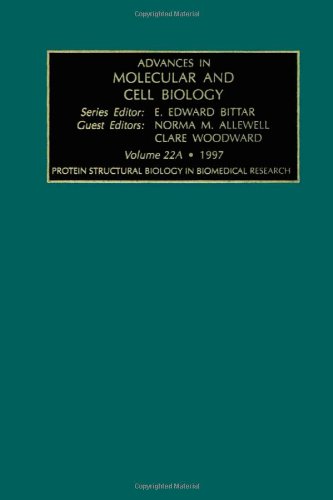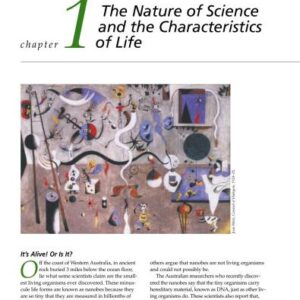Recent advances in protein structural biology, coupled with new developments in human genetics, have opened the door to understanding the molecular basis of many metabolic, physiological, and developmental processes in human biology. Medical pathologies, and their chemical therapies, are increasingly being described at the molecular level. For single-gene diseases, and some multi-gene conditions, identification of highly correlated genes immediately leads to identification of covalent structures of the actual chemical agents of the disease, namely the protein gene products. Once the primary sequence of a protein is ascertained, structural biologists work to determine its three-dimensional, biologically active structure, or to predict its probable fold and/or function by comparison to the data base of known protein structures. Similarly, three-dimensional structures of proteins produced by microbiological pathogens are the subject of intense study, for example, the proteins necessary for maturation of the human HIV virus. Once the three-dimensional structure of a protein is known or predicted, its function, as well as potential binding sites for drugs that inhibit its function, become tractable questions. The medical ramifications of the burgeoning results of protein structural biology, from gene replacement therapy to “rational” drug design, are well recognized by researchers in biomedical areas, and by a significant proportion of the general population. The purpose of this book is to introduce biomedical scientists to important areas of protein structural biology, and to provide an insightful orientation to the primary literature that shapes the field in each subject. The chapters in this volume cover aspects of protein structural biology which have led to the recognition of fundamental relationships between protein structure and function.






Reviews
There are no reviews yet.